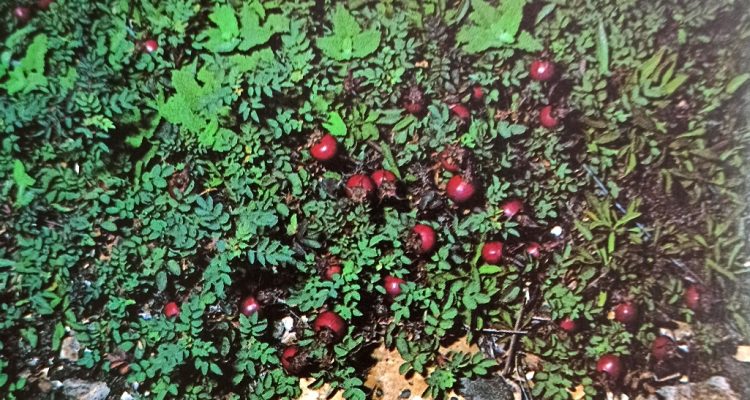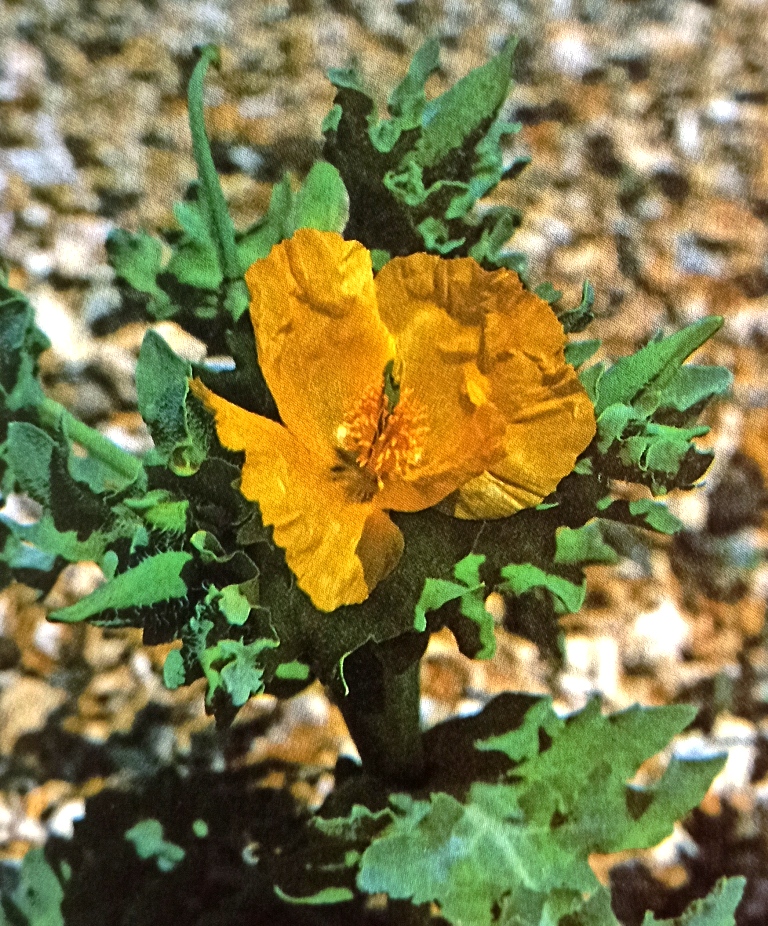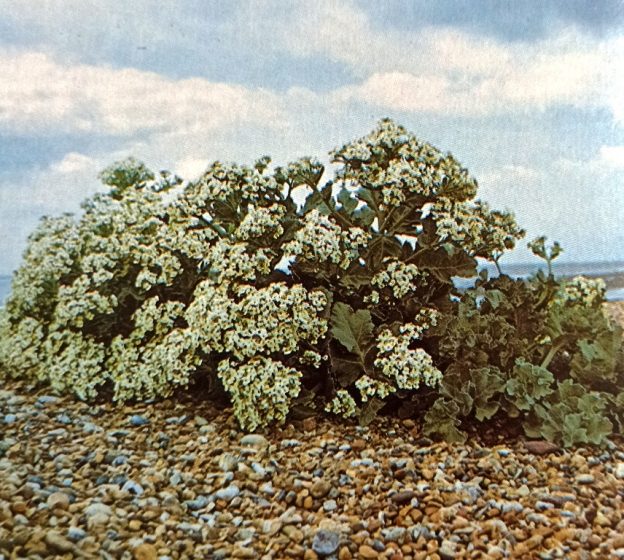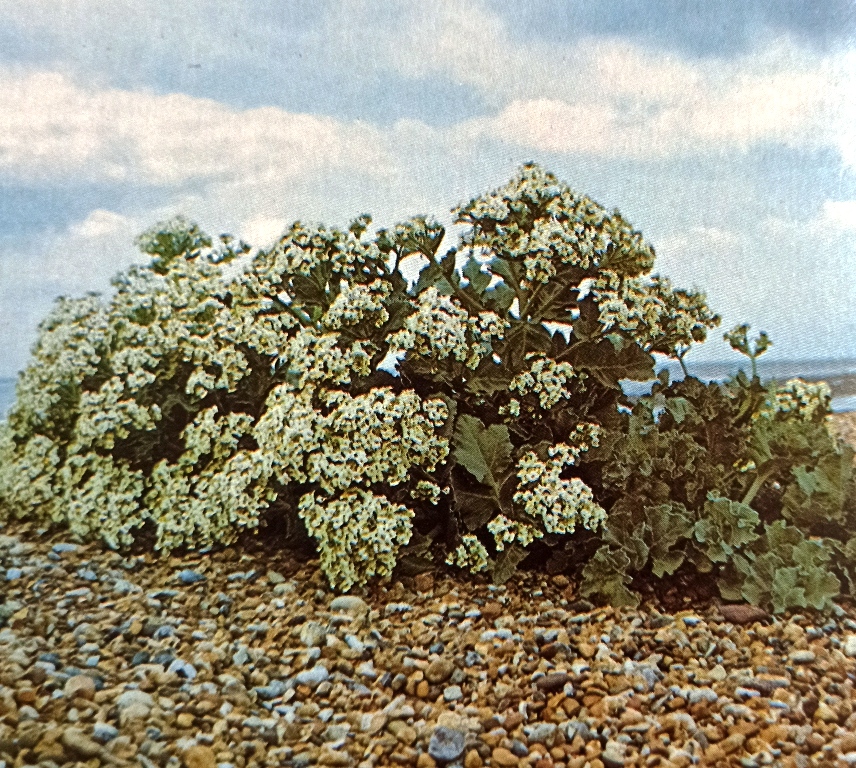UK Shingle Beach makes up a quarter of the coastline. Some of these are shifting and unstable, affording the opportunity for only the hardiest species to survive, but others are more permanent and support large plant and animal communities (below). Even on a calm day, the restless shifting of stones at the sea’s edge gives an indication of the tremendous forces which pile up shingle banks and build spits, bars, and promontories which are such distinctive coastal features.
Some shingle shores are continually altered by the movement of the sea; others are less affected by waves or tides and can become a stable feature of the coastline. With stability, more opportunities arise for plants to establish themselves, creating conditions for more animal activity as well.
Plants of the shingle
Large stretches of shingle foreshores are too mobile to support plant life. Others are sufficiently stable, during the relatively calm period between spring and autumn, to allow summer annuals such as orache (Atriplex) to germinate and grow in the strand line, making use of the humus derived from rotting seaweed and other vegetation.
Indeed, no higher plants can colonize shingle unless there is at least some rudimentary soil, which may be a mixture of sand, silt, animal droppings and decomposed plant remains. The first remains are likely to consist of dead seaweed or salt marsh plants.
Where beaches have some soil and are relative, the spectacular horned poppy and sea kale help to make the shingle more stable. Their long roots hold underlying shingles together, and foliage forms a cushion shielding the pebbles from wave action. Sometimes an extensive carpet covers the shingle, made of such species as sea pea, sea campion, sea beet, biting stonecrop, and curled dock.
A true specialist of shingle is shrubby sea blite, its bushy growth supported stem. Even when battered and buried by the movement of shingle, it sends out new stabilizing shoots and roots. Sea sand wort, too, can recover after being buried in this fashion. Perennial plants such as these usually need the relative shelter of a landward stable, colonizing plants such as a poor position to reach full development.
Stable Shingle
The stable parts of shingle large shingle formations are sometimes covered with a continuous sward of vegetation. Although many of the plants are not strictly maritime, the communities may be similar to those found on stable dunes and cliff tops. One interesting community of the stable UK Shingle Beaches on the Channel coast is known as dwarf heath, its dominant species being long and bell heather. Eventually, the stable shingle may be invaded by gorse, bramble, and other scrub species, and the long-established has even produced a holly wood.
BirdLife
While many species of land birds use the mature vegetation of stable shingles, the sparsely vegetated shores are mainly the province of the maritime birds. Oystercatcher, ringed plover, and black-headed gull are familiar shingle nesters, the latter in large, noisy colonies. Common, the Arctic and little terns are also colonial breeders and lay their eggs in shallow depressions in the shingle, often with only a few scraps of vegetation for a lining.
In winter, a flash of white along a shingle shore may indicate a small flock of snow buntings picking up seeds and insects. Turnstone and purple sandpipers are commoner winter visitors and frequently feed in mixed flocks along the strandline.
Mammals on the shore
Rabbits may be so common that their numbers reach pest proportions, and it is not unusual to see brown hares, slowly moving among the shingle plants. Heavy grazing by these animals can so damage and degrade the vegetation cover that even a stable shingle begins to erode.
The fox is no stranger to regularly shores-it hunts wherever it may find small mammals or nestlings, often wreaking havoc in a gull or tern colony. One of Britain’s largest mammals, the gray seal, frequently hauls itself out on a shingle shore, to rest between feeding forays, or to give birth, and suckle its white-coated pup.
Maritime Communities
On an exposed shore, the area between high and low tide marks supports little life, for breaking waves constantly grind and pound the shingle. However, even here the high tide strand line provides a habitat for sand hoppers, insects, and other invertebrates. On more sheltered shores, the beach material is less mobile, and various plants and animals colonize the shingle between high and low tide levels.
The upper surfaces of larger stones may be covered by the pink encrusting alga “Lithothamnion” and turf of the red seaweed Chondrus crispus. The stones at the bottom of the shore may provide sufficient anchorage for large seaweeds such as the kelps, serrated wrack, and sea oak. If muddy gravel predominates, the bottle weed “Chorda filum” and the green Enteromorpha are often common.
Where there are plants there are usually animals and the fronds of the algae often harbor small gastropod snails and crustaceans. Tube worms and acorn barnacles live cemented to the stones, while mobile animals such as whelks and limpets keep a firm hold by means of their muscular feet.
Empty whelk shells serve as a home for the common hermit crab, a scavenger that often occurs in enormous numbers on the shingle. Some areas can be so richly populated with small green Psammechinus urchins that it is difficult to walk without treading on them.
Shingle Formations
The commonest shingle feature is the fringing beach, familiar to holidaymakers, and is formed when the sorting action of waves and tides deposits a bank of pebbles. The three other major types of shingle beaches are the shingle spit, the shingle bar, and the apposition beach, shown in the accompanying diagram.
Some examples
Some shingle spits are very large, such as Blakeney Point and the great 17 km (10 miles) spit at Orford Ness in East Anglia. The shingle bar at Chesil Beach in Dorset is even longer, enclosing a tidal lagoon. At Slapton in Devon, another shingle bar completely isolates a freshwater lake from the sea. Dungeness in Kent is the best example of an apposition beach in Britain, and the parallel ridges that led to its formation are clearly seen.
Conservation
Shingle shores may appear resilient, but heavy recreational use and motor vehicles quickly erode the thin cover of vegetation. Human disturbance is also a major factor in the decline of shingle birds.
Conservation management is achieved by the control of access and use-areas of regenerating vegetation and bird colonies may have to be closed for periods. Care and protection are required to ensure that this fascinating and valuable resource is not in the future restricted to just a few nature reserves.
Shingle formations
 Where waves hit shingle beaches obliquely, carrying pebbles along the shore, and the line of the coast turns landwards, shingle deposition may continue in a straight line, forming a shingle spit. If the spit formation continues across a bay to join the opposite shore, a shingle bar or barrier beach results when the shingle is deposited against an existing beach.
Where waves hit shingle beaches obliquely, carrying pebbles along the shore, and the line of the coast turns landwards, shingle deposition may continue in a straight line, forming a shingle spit. If the spit formation continues across a bay to join the opposite shore, a shingle bar or barrier beach results when the shingle is deposited against an existing beach.
Then driven landwards by storms and piled into a ridge above the normal reach of waves, an apposition beach is formed. The addition of further ridges may produce a wide shingle area. The flowers that grow by the shingle beach must cope with exposure to wind and salt spray. Those living on Shingle Beach also have to adapt to shifting shingles and lack nutrients.
A ringed plover incubates its eggs, in a nest consisting of no more than a hollow among the pebbles. Its highly effective camouflage of brown, black and white patches in a broken pattern are strikingly similar to shingle.

Burnet rose growing close to the ground on a shingle bank in Hampshire. These bright red hips become purplish-black when fully ripe. The plant is also recognized by its many spines.

Yellow horned poppy is showing flowers and fruit together. Sand wasps and solitary bees come to the flower from their nests in the sand dunes or cliffs further inland, to gather nectar and pollen.

Sea kale in flower, a plant prized for its edible shoots. It is not common nowadays, perhaps as a result of too much harvesting in former times.


Product You May Interest
- Feel Emotional Freedom! Release Stress, Heal Your Heart, Master Your Mind
- 28 Day Keto Challenge
- Get Your Customs Keto Diet Plan
- A fascinating approach to wipe out anxiety disorders and cure in just weeks, to become Anxiety free, relaxed, and happy.
- Flavor Pairing Ritual Supercharges Women’s Metabolisms
- The best Keto Diet Program
- Boost Your Energy, Immune System, Sexual Function, Strength & Athletic Performance
- Find Luxury & Designer Goods, Handbags & Clothes at or Below Wholesale
- Unlock your Hip Flexors, gives you More Strength, Better Health, and All-Day Energy.
- Cat Spraying No More – How to Stop Your Cat from Peeing Outside the Litter Box – Permanently.
- Anti-aging nutritional unexplained weight gain, stubborn belly fat, and metabolic slowdown. Reach Your Desired Weight in a Week and Stay There.
- Get All Your Healthy Superfoods In One Drink







